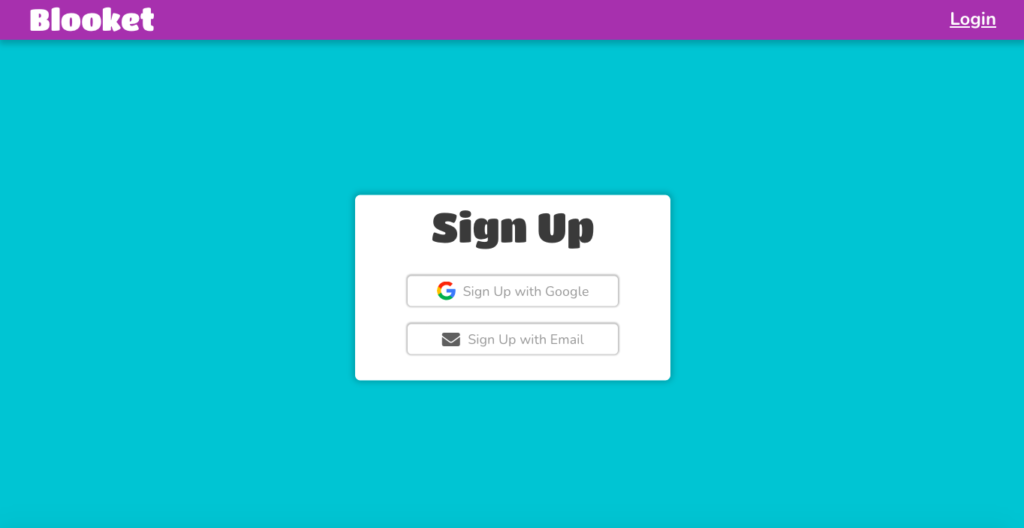The Blooket game can be played in different modes. The main mode is called “Host,” wherein students compete against one another. Another mode is called “Price,” whereby students compete with each other and the host decides the prize. If you’re wondering how Blooket works, here are some tips:
Game Modes
There are different game modes on Blooket. You can choose from live game mode, homework mode, or host. A free account allows you to play up to 60 opponents. A paid account lets you join games up to 1000 players, and there are minimum player numbers for each game mode. The Blooket game modes are categorized by the features they offer. To find the perfect game mode, you should know what your preferred learning style is and then decide if Blooket is for you.
One of the most popular game modes is the “name that logo” set. Students can compete with their classmates by correctly identifying brands and services. The games can be played as homework or in class. You can also use them as an onboarding mechanism. The games are very simple to create and can be used as part of a classroom. Students can choose between two game modes. Each one has its benefits and drawbacks.
Price
Compared to the average game, Blooket has a relatively low price. You can buy and sell a Blook for around 300 tokens. The tokens can be used to buy themed boxes. Initially, the Blook was limited to a few species, including the Chroma Panda. Now, however, there are more than 300 available.
It is a great tool for teachers who are looking to engage students in online learning. Blooket is free and works best when each student has their own device. Educators can assign question sets and play them individually in class. Teachers can also share content on the platform, which makes it a flexible learning tool. It is also easy to use and lets teachers create lesson plans that allow all students to access the learning content.
Host a Game
If you’re looking to host a game on Blooket, you’ve come to the right place. Blooket offers an easy-to-implement platform for online gaming. To get started, you first need to create a Wiki account, which is free of charge. Next, you’ll want to choose your game mode and enter the player settings. Finally, you’ll want to choose how many players to host.
The teacher interface for Blooket lets you customize your game, which is particularly useful for gamified learning. Using a Blooket game, you can assign questions to students in different groups, and make the games as easy or difficult as you need them to be for different skill levels. And because you can control the game details and allow late comers, students can participate from different devices. With an easy-to-use interface, you’ll be able to control the settings for the game and see who’s online.
Students Compete Against Each Other
In Blooket, students compete against each other in answering quiz questions. The game encourages frequent answers, which results in more efficient drilling of knowledge. Although the group gaming elements are useful for classroom organization and providing multiple pathways to victory, they can limit the amount of variation in the questions.
Teachers can create games in Blooket by creating accounts for students and teachers. Teachers can host games and display them on a screen or projector. Blooket automatically tracks students’ answers and statistics, and can also be used to create team games. Teachers can also purchase blooks to compete with other Blooket users. These blooks are essentially avatars of students’ personalities. They can choose which one they want to use, as long as it’s not too personal.
Positive Reinforcement
In a simple example, consider the scenario of a parent who does not want to take their son to a birthday party. Adam hates the noise of the alarm and, as a result, starts to cry every time it goes off. His parents, John and Michelle, notice this and, as a result, they leave the party. Negative reinforcement is a way to avoid having to go through this unpleasant experience.
Timmy, a second-grade student, is not staying in his seat for a long time. Ms. Fisher has tried many methods, including a sticker chart. The sticker chart has worked for Timmy, as he loves stickers. As a result, he has become more attentive in class and sits for longer periods. Now, he does not get up from his seat as often, but he is still making progress.
Conclusion
The free version of Blooket shows the percentage of questions answered correctly. Teachers may also want to explore other ways of assessing learning, such as considering different methods of learning or having different students compete against one another.

